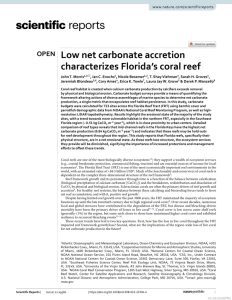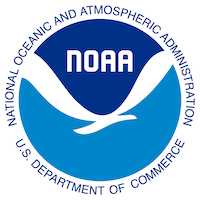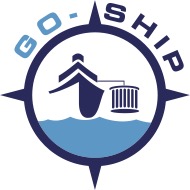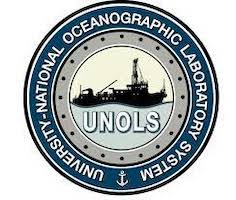The GO-SHIP/CO2 Repeat Hydrography Program
Analyzing Decadal Changes in the Ocean’s Circulation and Uptake of Anthropogenic CO2
SCROLL TO LEARN MORE
Dr. Rik Wanninkhof
The International Global Ocean Ship-based Hydrographic Investigations Program (www.go-ship.org) is a multi-disciplinary international program that occupies selected trans-basin sections on decadal timescales to document changes in heat, fresh water, carbon, nutrients, oxygen, and trace gases in the ocean. The work is executed in each major ocean basin by NOAA and NSF funded-investigators using NOAA and UNOLS vessels. Ship-based hydrography remains the only method for obtaining high-quality, high spatial, and vertical resolution measurements of a suite of physical, chemical, and biological parameters over the full water column. The foci are to quantify increases in anthropogenic carbon content and natural and climate induced changes in chemical and hydrographic features in the ocean to determine:
- The distributions and controls of natural and anthropogenic carbon
- Uncertainties in global fresh water, heat, and property budgets
- Ocean ventilation and circulation pathways and rates using chemical tracers
- The variability and controls in water mass properties and ventilation
- The changes of a wide range of biogeochemically and ecologically important properties in the ocean interior
Major discoveries to date have been the accurate determining of heating of bottom water and a small increase of carbon in the deep ocean. The program has also quantified increases of CO2 in surface and intermediate water and its effect on ocean acidification. A key aspect of the program is the open and rapid dissemination of data for utilization by the community at large. Program details can be found at https://www.go-ship.org/ and datasets are available at: CLIVAR and Carbon Hydrographic Data Office (CCHDO) and Ocean Carbon and Acidification Data System (OCADS).
Plot of Caribbean Gridded and Mapped Data

A13.5 2024 GO-SHIP/CO2 Repeat Hydrography Cruise
Peviously occupied in 1983/84, 1995, and 2010, the 2024 February-April occupation will be the 4th repeat. The cruise departed Mindelo, Cape Verde on February 1, 2024 and arrived in Cape Town, South Africa on March 23, 2024. The cruise took place on the UNOLS ship R/V Marcus G. Langseth. The University-National Oceanographic Laboratory System (UNOLS) is a group of academic institutions and National Laboratories organized in the United States to coordinate research vessel use for federally funded ocean research.






